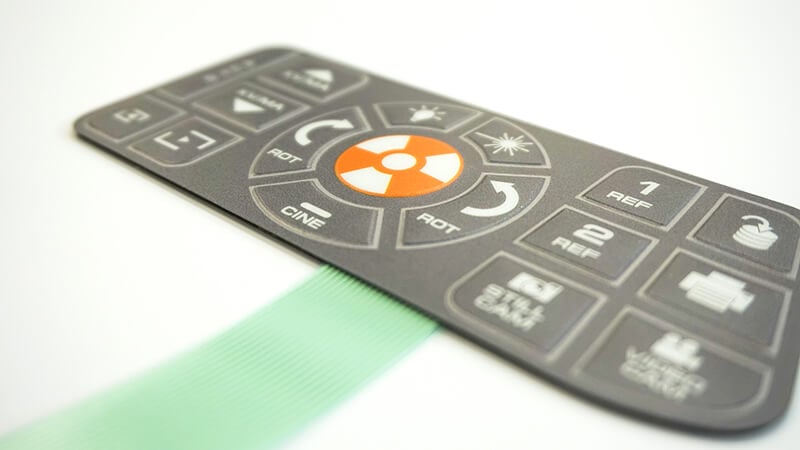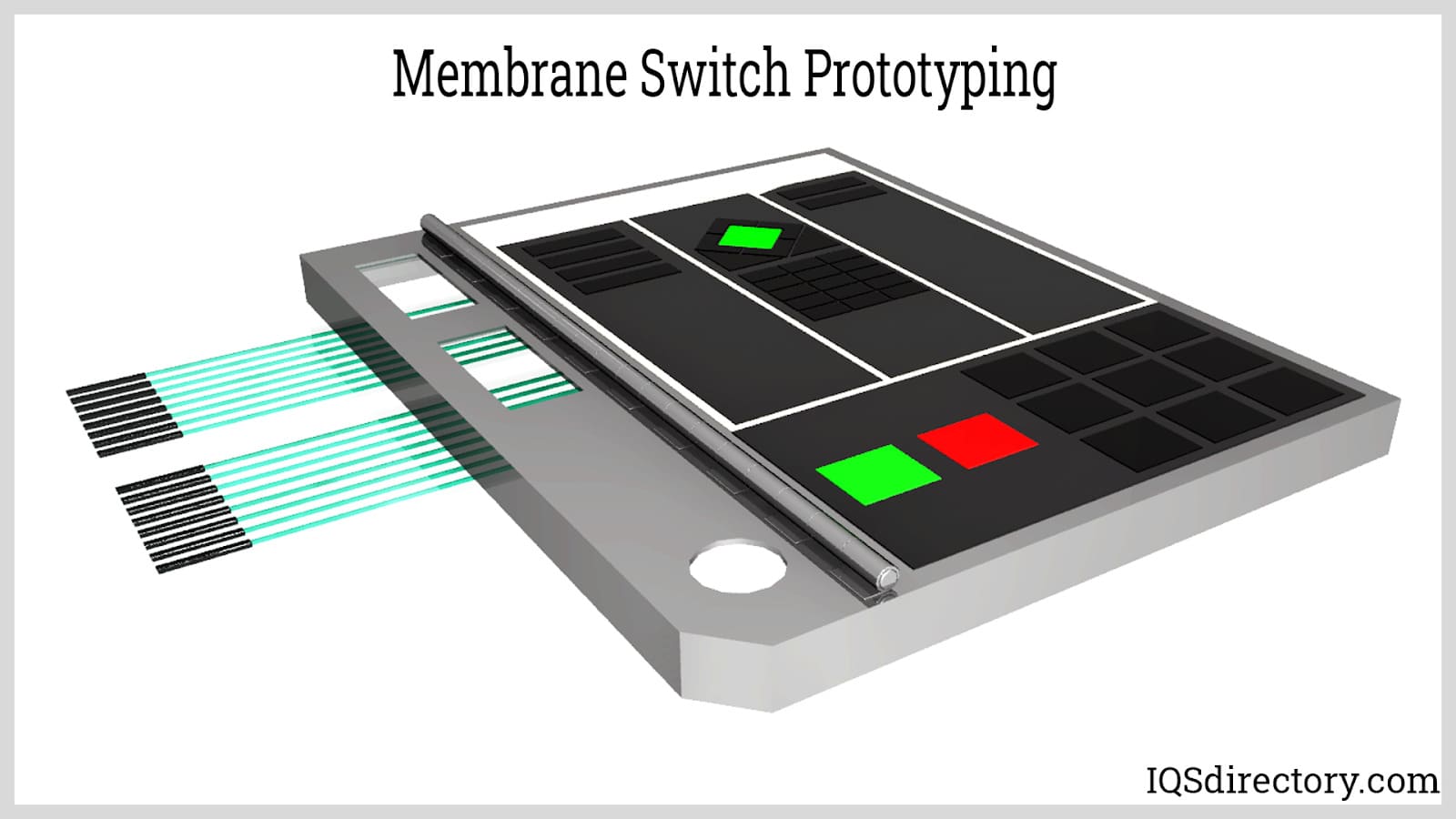Why Picking the Right Membrane Switch Is Crucial for Your Item Layout
Why Picking the Right Membrane Switch Is Crucial for Your Item Layout
Blog Article
Recognizing the Capability of Membrane Layer Switches for Interface Tools
The capability of membrane changes stands for a substantial advancement in interface design, incorporating performance with aesthetic versatility. These switches run through a multi-layered structure that equates individual interactions into electric signals, allowing for both small formats and durability against environmental elements. As sectors significantly focus on customer experience, comprehending the subtleties of membrane layer switch technology comes to be necessary. What ramifications do these advancements hold for future applications, and just how might they redefine customer communications across different devices?
What Are Membrane Buttons?
Membrane layer switches are innovative user interface tools that help with user interaction with digital tools. These functional components are composed of multiple layers, including a graphic overlay, spacer, and a published circuit layer. The design allows for a seamless combination right into various digital tools, improving both the aesthetic and useful aspects of interface.
Membrane buttons are generally employed in a large range of applications, from home appliances to commercial machinery and clinical devices. Their construction generally includes a slim profile, making them an excellent choice for compact styles. The responsive comments offered by these switches can be engineered to meet specific user choices, ensuring effective interaction between the individual and the device.
Durability is an additional considerable benefit of membrane buttons, as they are resistant to dust, dampness, and chemicals, which improves their life expectancy in requiring atmospheres. Furthermore, these switches can be customized in regards to form, size, and graphic design, allowing for branding and user-specific functions. On the whole, membrane switches over stand for a functional option for enhancing user experience in digital devices, combining performance with visual appeal in an effective manner.
Just How Membrane Layer Switches Work
Operating on a simple principle, membrane switches use a split building to register user input efficiently. Each switch contains several layers, including a printed circuit layer, a spacer layer, and a top visuals layer, which are made to interact seamlessly. When a user presses the top layer, it presses the spacer layer, bringing the conductive aspects of the circuit layer into call with each other.
This call develops a shut circuit, indicating the device to perform a specific function. The design permits numerous arrangements, including tactile comments, which can boost the individual experience by providing a physical sensation upon activation. The materials used in membrane buttons often consist of flexible substrates, such as polyester or polycarbonate, which make sure longevity and durability against wear and tear.

Key Benefits of Membrane Switches

One more substantial benefit is their density. Membrane layer switches are slim and lightweight, which makes it possible for makers to save space in their gadgets without sacrificing functionality. This function is specifically advantageous in applications where weight and quantity are critical factors to consider.
Furthermore, membrane buttons are resistant to dirt, wetness, and chemicals, enhancing their sturdiness. This strength expands their life expectancy and minimizes the demand for regular substitutes, resulting in price financial savings in time.
In addition, the responsive feedback given by membrane switches can be maximized to enhance user interaction. They can consist of attributes such as raised switches or audible clicks, boosting functionality and user experience.
Applications Throughout Industries
Interface gadgets using membrane buttons are prevalent in a large variety of sectors, showcasing their versatility and performance. Membrane Switch. In the medical field, membrane switches are integral to gadgets such as analysis equipment and client surveillance systems, where their resilience and ease of cleaning are critical for maintaining hygiene criteria. In the auto market, these buttons are utilized in dashboard controls and infomercial systems, providing a sleek and modern-day interface for customers.
Moreover, the consumer electronics field take advantage of membrane layer switches in devices and handheld gadgets, where small design and straightforward user interfaces enhance individual experience. Industrial my latest blog post applications likewise leverage membrane layer switches for control panels in machinery and automation systems, stressing their effectiveness and resistance to harsh environments.
In the aerospace and defense markets, membrane layer switches are used in cabin controls and devices, where reliability and efficiency under extreme conditions are critical. Furthermore, the gaming industry progressively integrates membrane layer buttons in controllers and gallery makers, adding to an engaging customer experience. Generally, the convenience of membrane layer changes allows their prevalent use across countless sectors, underscoring their importance in contemporary user interface design.
Future Trends in Membrane Change Innovation

Additionally, using sophisticated products, such as polycarbonate and polyester movies, is expected to increase, giving improved resilience and resistance to ecological stressors. These materials add to the overall durability of membrane layer switches, making them ideal for harsher industrial applications.
Furthermore, the consolidation of clever modern technology, including IoT connectivity, will make it possible for membrane switches to communicate with various other tools and systems, helping with a more interactive user experience. This pattern aligns with the expanding demand for wise tools throughout various markets, from health care to consumer electronic devices.
Lastly, personalization choices are anticipated to broaden, permitting suppliers to create bespoke solutions tailored to details individual demands and choices. These advancements will certainly position membrane switches as essential components in the advancement of user interface innovation.
Verdict
In final thought, membrane switches over stand for a pivotal development in customer interface innovation, providing a reputable and versatile solution for diverse digital applications. As improvements in material science and touch picking up technologies continue, the capability and applicability of membrane buttons are expected to expand, reinforcing their value in modern-day digital tools.
Report this page